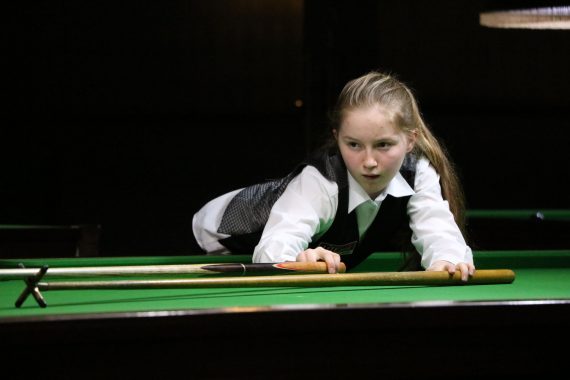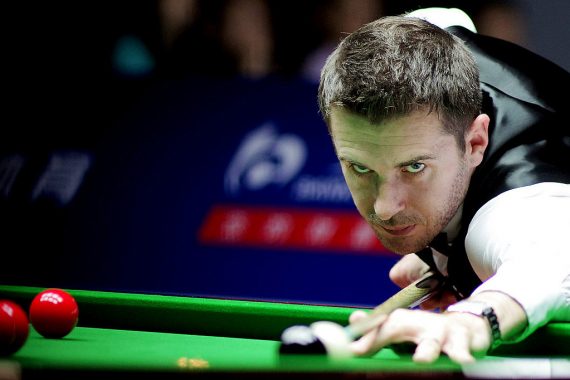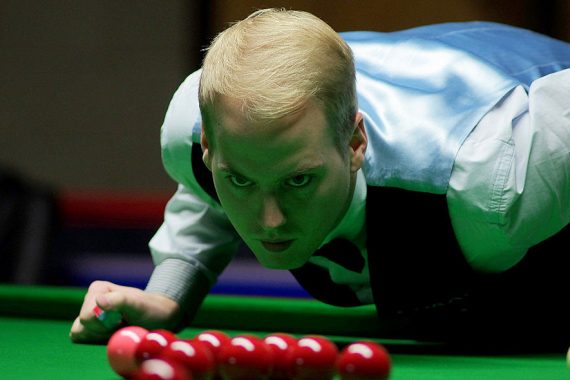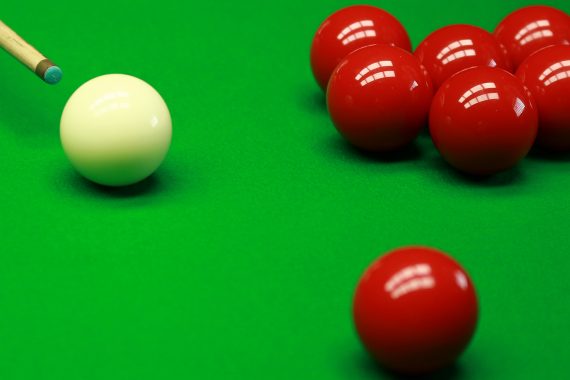Since Barry Hearn returned to snooker in 2010, the sport’s world ranking list is something that has undergone a number of changes.
While previously the list was updated on just one occasion per season (after the World Championship), now the list is updated after every event, with seeding revisions taking place at pre-defined points during each season.
Gone too is the old system of ranking points, replaced a couple of years ago by a prize money based ranking list.
One thing that has not changed however is the length of time covered by the ranking list, with events from the last two years taken into consideration. This compares for example with the PDC Order of Merit in darts which also covers two years, while a more complex two-year system also exists in golf.
The ATP world tour in tennis on the other hand covers just a single year and with the increase in number of events on the snooker calendar in recent years, I have sometimes wondered how snooker would look with a one-year list.
That being the case then I have calculated how the snooker rankings would look hypothetically on a one-year list, incorporating events from the 2015 Indian Open last March, up to and including the 2016 Gdynia Open.
In contrast to the current two-year list, this is how the top 32 on a one-year list would stand:
- Stuart Bingham (+1)
- John Higgins (+4)
- Neil Robertson (-)
- Mark Selby (-3)
- Shaun Murphy (+2)
- Joe Perry (+4)
- Judd Trump (-2)
- Martin Gould (+5)
- Kyren Wilson (+10)
- Barry Hawkins (-2)
- Mark Allen (-2)
- Michael White (+4)
- Liang Wenbo (+5)
- Mark Williams (-)
- Ding Junhui (-3)
- David Gilbert (+4)
- Marco Fu (-2)
- Ronnie O’Sullivan (-14)
- Matt Selt (+2)
- Ryan Day (+3)
- Graeme Dott (+3)
- Luca Brecel (+4)
- Mark Davis (+2)
- Ali Carter (+8)
- Thepchaiya Un-Nooh (+10)
- Michael Holt (+5)
- Anthony McGill (+1)
- Jamie Jones (+5)
- Robert Milkins (-7)
- Ben Woollaston (-3)
- Ricky Walden (-20)
- Peter Ebdon (-2)
As you can see, there are some interesting changes, with Ronnie O’Sullivan dropping as a consequence of the relatively low number of events that he has played during the past 12 months, while the out of form Ricky Walden would also plummet down the ranking list to 31st.
Other players who have not performed as well over the past year than during the previous period include Stephen Maguire (would drop from 17th to 37th), Alan McManus (29th to 40th) and Dominic Dale (36th to 47th).
On the flip side, players who have won major titles during the past 12 months such as Martin Gould and Kyren Wilson would be significantly better off, while John Higgins having won two ranking events would also be back up to number two in the list.
Otherwise, most of the other players can be found broadly where they are currently positioned, but bunched closer together in the list and with the opportunity to make huge jumps up the list by winning tournaments.
Would it work?
So would a one-year list be better than a two-year one? Does the list above better reflect the current pecking order or are there still too few counting events in comparison to tennis to consider such a switch.
Certainly there are a few caveats to consider, for example in tennis they still operate with a ranking points based system rather than a money list, so the boost provided by a major tournament win is not so significant. For example if snooker were to operate a one-year list, the money earned by a World Championship win would almost guarantee that player the top spot for the next year, which perhaps would not be the case under a points system.
It is also worth considering that while Ronnie O’Sullivan would drop to 18th on the above calculations, might he have entered more events had a one-year system already been in place?
Final thoughts
At first glance the list looks very different, but upon closer inspection many of the players can be found broadly where I would expect them to be. It might be that such a list would be too volatile at the moment and in conjunction with a prize money based ranking list, only protect the tournament winners even further.
That said, while at first glance the list looks to be very different, upon closer inspection I actually think that the majority of the players can be found where you would expect them to be based on their performances this season and that perhaps, such a suggestion isn’t as ridiculous as it might perhaps first sound.
What do you think? Let me know @prosnookerblog on Twitter.



